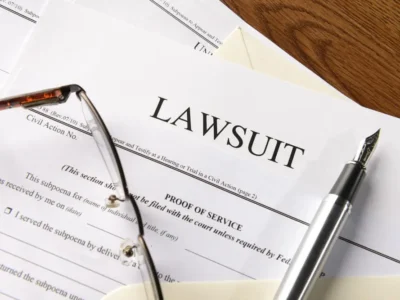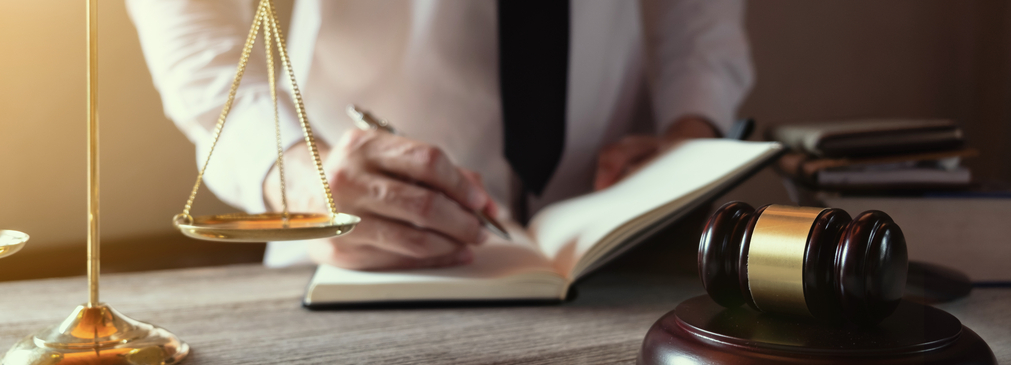Welcome to Civil Lawsuits 101, a comprehensive guide presented by Long, Jean & Wechsler, P.A., designed to help you make sense of the complex world of civil lawsuits. Our primary goal with this guide is to provide you with a clear and informative resource that will empower you to make informed decisions about your own legal journey.
If you or a loved one has been hurt or killed as a result of someone else’s negligent, reckless, or malicious behavior, you may have a right to file a civil lawsuit. Oftentimes, people will file insurance claims — typically against the at-fault party’s car, homeowner, or business liability insurance — and are rushed through the process and agree to a settlement before even realizing that they can negotiate higher settlements or that they have the ability to fight for the money they truly deserve in a Florida court of law.
Remember as you read this guide that partnering with experienced legal support is the most important step that you can take when it comes to defending your rights as a victim and fighting for the compensation you are entitled to.
Contact LJW Legal today to request a free consultation about your case, where we can discuss the specifics of your unique situation and give you helpful advice on how best to move forward.
Overview of Civil Lawsuits: What They Are and How They Work
Simply put, a civil lawsuit is a legal dispute between individuals, businesses, or other entities that typically seek compensation or other remedies as a result of negligent, reckless, or criminal behavior that has caused the plaintiff to suffer harm or loss due to these actions (or inactions). The civil lawsuit seeks to establish fault in the matter and provide compensation to the injured party.
Civil cases are entirely separate from criminal cases and have a much lower burden of proof. As such, it is much easier for the plaintiff to prevail in a civil lawsuit — provided that their evidence and argument are sound — than in a criminal lawsuit. It also means no criminal penalty in a civil suit, even if the case stems from criminal behavior. Criminal and civil cases can run concurrently and, in some instances, may reach opposing verdicts.

Consulting an Attorney
A victim may often think that they should just file an insurance claim, follow the adjuster’s lead, and collect a check within 90 days, but the reality is that insurance companies and their representatives are financially motivated to settle for far less than what a victim is actually owed.
It’s crucial to consult with an attorney who can provide legal advice and guidance. During your initial consultation with an attorney, they can get an understanding of the strength of your case, the potential damages you may be owed, and an initial course of action.
Assessing a Civil Case
The first step in a civil action, once you are partnered with an attorney, is for them to evaluate the case and gather evidence that supports the claim. This could include interviewing witnesses, collecting documents, and getting opinions from subject-matter experts.
Using your interpretation of the events, and the evidence and information they gather during their investigation, they will be able to build your case as they prepare to move forward. They may decide to first attempt negotiations with the insurance company or directly with the at-fault party.

Filing a Complaint
If negotiations fail, or your attorney decides to forgo these negotiations entirely, the next step is for the plaintiff to file a complaint with the appropriate court. The complaint will outline the incident and allegations against the defendant, as well as the desired resolution.
The defendant will be served with a copy of the complaint and a summons that informs them of the lawsuit and gives them a deadline for when they need to respond. The defendant will have a chance to respond to the complaint by filing their own answer that either admits or denies the allegations and provides any relevant defense. They may also request that the case is dismissed.
Discovery
Leading up to the trial, both parties will trade information and evidence related to the case in order to build their own arguments for or against the requested resolution. This could be done through a combination of written questions, document requests, depositions, and expert testimonies.
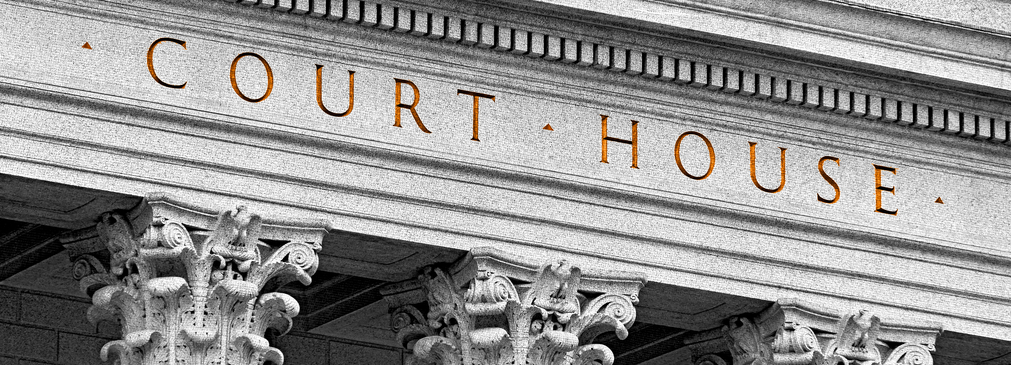
Negotiations or Trial
Once discovery has concluded (or during the discovery process), the parties may decide to avoid a trial by reaching a settlement. If they aren’t able or willing to settle, the case will be brought to a trial and presented to a judge or jury to decide the outcome.
Judgment and Appeals
The court will issue a judgment in favor of either the plaintiff or defendant, which may include a modified resolution. The losing party may be able to appeal the decision to a higher court if they believe that there were legal errors during the trial.

Legal Remedies: What You Can Get from a Civil Lawsuit
When you file a civil lawsuit, you are seeking specific a legal remedy to compensate for the harm or loss you have suffered as a result of someone else’s (in)actions. A legal remedy is often financial compensation but can take a number of forms, including:
Compensatory Damages
As the name implies, these are damages meant to compensate a victim financially for their losses, including a variety of both economic and non-economic impacts.
Economic damages apply to anything that has a dollar value, including medical expenses, lost wages, property damage, and other financial costs or losses.
Non-economic damages apply to any impact without a dollar value, including things like a victim’s pain and suffering they must endure as a result of their injuries.
Punitive Damages
In certain cases, the court may determine that the defendant acted in such an egregious manner that they must be punished for their actions. Punitive damages financial payments to a plaintiff that have nothing to do with the impacts the victim has suffered and are instead meant to be deterrents for future similar behavior on behalf of the defendant.
Injunctions
An injunction is an order issued by the court that forces the defendant to stop a particular behavior or action. For example, if the defendant is engaging in predatory or otherwise harmful business practices, an injunction may block them from continuing those practices.
Specific Performance
The court may order that the defendant perform a specific action, such as completing a contract, returning property they wrongfully took, or something else that the court believes remedies the losses or impacts a plaintiff has suffered.
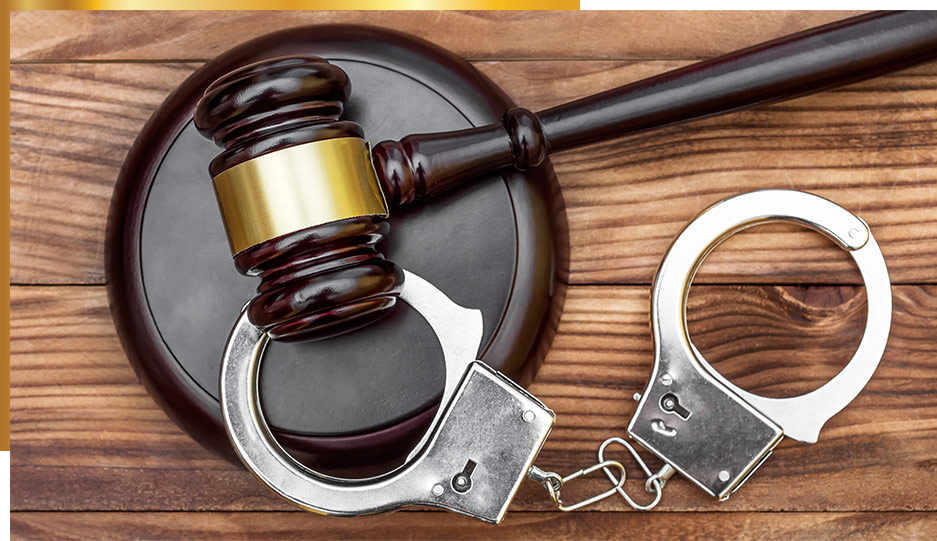
Evidence and Burden of Proof: What You Need to Prove in a Civil Lawsuit
The plaintiff in a civil lawsuit must prove their case by showing a “preponderance of evidence.” This means that the evidence they provide must show that it is more likely than not that the defendant is responsible for the losses or impacts they have suffered. The evidence necessary to win a civil case is far less than a criminal case, which requires that a prosecutor prove “beyond reasonable doubt” that the defendant is guilty.
There are a few things that a plaintiff must illustrate clearly, each a prerequisite for the next:
Duty of Care
A “duty of care” is the legal responsibility of an individual or business to act reasonably in order to protect someone else from harm. This may be the duty of care to drive safely, to provide adequate and prudent medical care, or countless other scenarios.
A plaintiff must prove that the defendant owed them a duty of care.
Failed Duty of Care
If the plaintiff shows that the defendant owed a duty of care and that they failed to uphold this obligation — by, for example, driving drunk or failing to administer the appropriate medical care — then they have further supporting evidence that the plaintiff is responsible.
Causation
The plaintiff must then prove that the defendant’s breached duty of care directly caused their harm or loss. A drunk driver who does not cause an accident is breaking the law, but has not injured anyone else; however, if they caused a crash while drunk, there is a stronger case to make that their behavior led to the incident.
Damages
Finally, a plaintiff must present the courts with evidence of the damages or impacts; they have suffered as a result of the defendant’s breached duty of care. As mentioned above, these damages may include current and future medical expenses, impacts on earnings, pain and suffering, emotional impacts, and more.
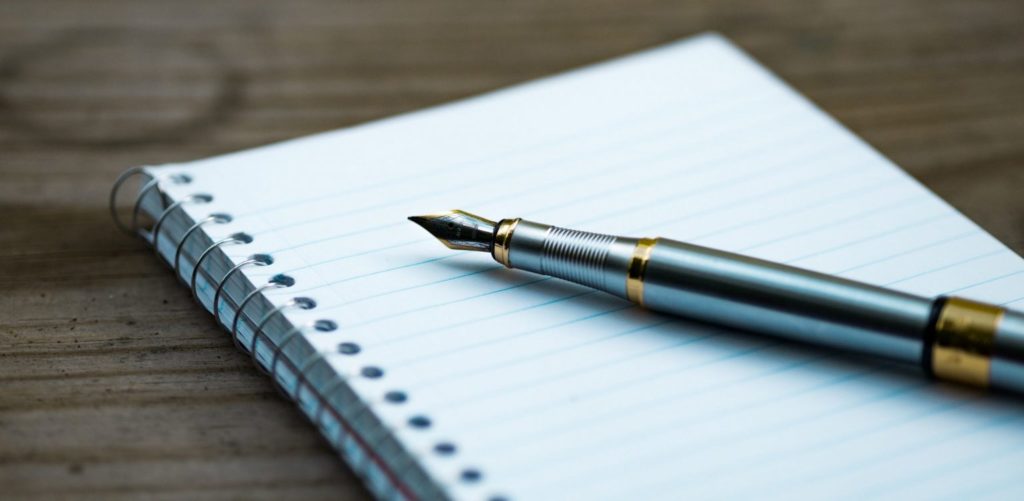
Preparing for Cross-Examination at Deposition
Preparing for your cross-examination at a deposition is a pivotal step in your civil case. A deposition is when a witness gives a sworn testimony outside of the court, and cross-examination is when attorneys from both sides ask the witness questions, under oath, to either prove or challenge their credibility and test the strength of their statements.
To prepare, you will need to review your testimony and refresh yourself on the key details of the case. Work with your lawyer to anticipate questions from the defendant’s legal team and practice answering them truthfully, directly, and concisely.
During the cross-examination, it’s essential that you stay calm and focused, even if the other lawyer is aggressive, confrontational, or demeaning. Don’t argue, interrupt, or lose your temper, which will be used to question your credibility and weaken your case. Listen carefully, and take your time answering. If you aren’t sure about the question, make sure to ask for clarification instead of making assumptions.
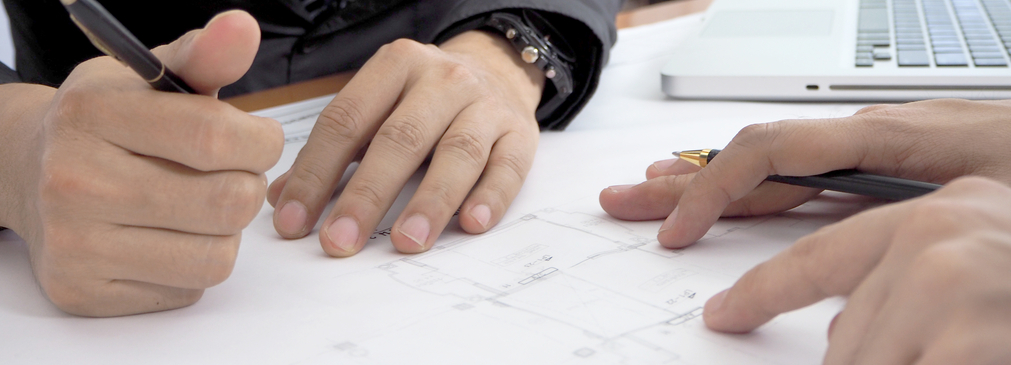
Understanding the Different Types of Court Pleadings
Pleadings are written documents submitted by involved parties that outline the claims and defenses of both sides. They are the foundation of the case and establish the issues to be litigated. There are a few different types of court pleadings you will need to understand:
Complaint
This is the initial pleading, filed by the plaintiff to initiate a lawsuit. It outlines the claims against the defendant, including the legal basis — duty of care, breach, causation, and damages — and the relief they are seeking.
Answer
The defendant will submit a pleading that responds to the complaint and either admits or denies each allegation while raising specific defenses.
Counterclaim
A defendant may file a claim against the plaintiff, asserting that the plaintiff is also liable for some harm or losses.
Cross-claim
One defendant may file a claim against another defendant in the same lawsuit, asserting that they may also be responsible for some harm or loss.
Third-party Complaint
A defendant may file a claim against someone else (the third party) asserting that they, too, are liable for some or all of the plaintiff’s claims. For example, a driver may file a third-party complaint against their auto manufacturer if the accident they caused was due to a mechanical failure.
Answer to Counterclaims or Cross-Claims
As with the initial complaint, the plaintiffs will have an opportunity to provide an answer for a cross-claim or third-party complaint.
Reply
This is the plaintiff’s response to a defense raised by a defendant in their answer.
Understanding the Appellate Process
The appellate process is complex and time-consuming. It’s essential to work with an experienced attorney who understands these processes and can help you build a strong case, or defend your initial position. Take a look below to learn a bit more about this process:
After a court issues an initial ruling for a civil case, either party may be able to file an appeal to a higher court where they will review the initial decisions to determine whether or not there were any errors or misinterpretations.
A party that wants to appeal a decision must file a notice of appeal with the appropriate appellate court, often within 30 days of the lower court’s decision.
Once the notice of appeal is filed, the lower court will prepare a certified record of the case that will include transcripts, pleadings, and any other relevant documents, which will then be sent to the appellate court to be reviewed.
Both the appellant (the party filing the appeal) and the appellee (the party defending the initial decision) will then submit written briefs to the higher court that outline their legal arguments and in some cases, may also provide oral arguments.
Once all of the information has been reviewed, the higher court will issue its decision, which may affirm the lower court’s decision, reverse the decision, or require that the case returns to a lower court for further proceedings. This decision may also be appealed in some cases and may be elevated to a state supreme court, or even the United States Supreme Court. However, the higher court must grant a right to appeal, as this is not an automatic right in every case.
Preparing for Trial in a Civil Case
Going to trial in a civil case is complicated and time-consuming, and it requires careful planning, legal research, and attention to detail. Winning a civil case is possible with the right preparations and the right lawyer. Your attorney will need to review the complaint and answers, gather evidence to support your position, conduct discovery, prepare witnesses, draft motions and briefs, meet with expert witnesses, develop opening (and then closing) statements, and attend all necessary pre-trial conferences.
An experienced attorney will be able to handle the bulk of this work on your behalf while you stay focused on your recovery and attend to your daily life.
Gathering and Organizing Evidence for a Civil Case
Evidence in a civil case may come in many different forms, including surveillance footage, documents, emails, text messages, photographs, eyewitness accounts, and more. Gathering evidence is a tedious process, and it’s important it is done correctly.
You will need to identify all possible evidence that might be relevant to your case. Make sure that you preserve it all correctly when collecting it, meaning making copies of documents, backing up digital files, or duplicating any physical evidence.
Once collected, you will need to continuously review the evidence as you formulate your case, making sure that you have all of the necessary evidence and that you will not be providing any superfluous or inadmissible evidence during your case. Organize all of your evidence so that it is easily accessible and clearly understandable during your trial.

